How WLTP range is really calculated
Who offers more range? Renault says the Zoe has a range of 395 kilometres. The Volkswagen ID.4 manages 517 kilometres. And Tesla claims 602 kilometres for the Model 3 Long Range. We know that these distances are possible in favourable conditions. Nevertheless, car manufacturers remain cautious and follow guidelines.
* * *
We spoke to experts from Volkswagen and the International Council on Clean Transportation (ICCT) to explain what is behind the range calculation for battery-electric vehicles according to the Worldwide harmonised Light vehicles Test Procedure (WLTP). This should now be transparent, precise and easier to understand. To illustrate the details, we’ve taken a concrete example: The Volkswagen ID.4 Pro Performance with a traction battery holding 77 kilowatt-hours (kWh).
Volkswagen gives a standard consumption of 16.3 kWh/100km according to the outdated New European Driving Cycle (NEDC). In Germany, manufacturers are still obliged to state this value. Since the responsible legislator, namely the former Federal Minister of Economics Peter Altmaier (CDU), did not amend the Consumption Labelling Ordinance for Cars (Pkw-EnVKV) on 1 January 2021 as required, those wanting range data are confronted with the old consumption value according to NEDC. Stating the new WLTP value is voluntary -Volkswagen gives a combined power consumption according to the current WLTP of 16.9 kWh/100km.
One could reasonably assume that range would be calculated by dividing 77 kWh battery capacity by 16.9 kWh/100km standard consumption according to WLTP. Mathematically, that would be 456 km. Instead, however, the Volkswagen ID.4 datasheet gives two other figures: the combined range of 517 km and the city range of 701 km.
23 degrees, a feel-good temperature
To understand what is happening here, we have to take a closer look at the WLTP procedure. WLTP is the procedure (P stands for Procedure) to determine the range. This includes a specification for the outside temperature of 23 degrees, assumed optimal for electric cars, which can be easily ensured in a laboratory. The basis of the WLTP is the driving cycle, WLTC (C for Cycle), meaning the speed curve that must be precisely followed on a dynamometer in laboratory conditions.
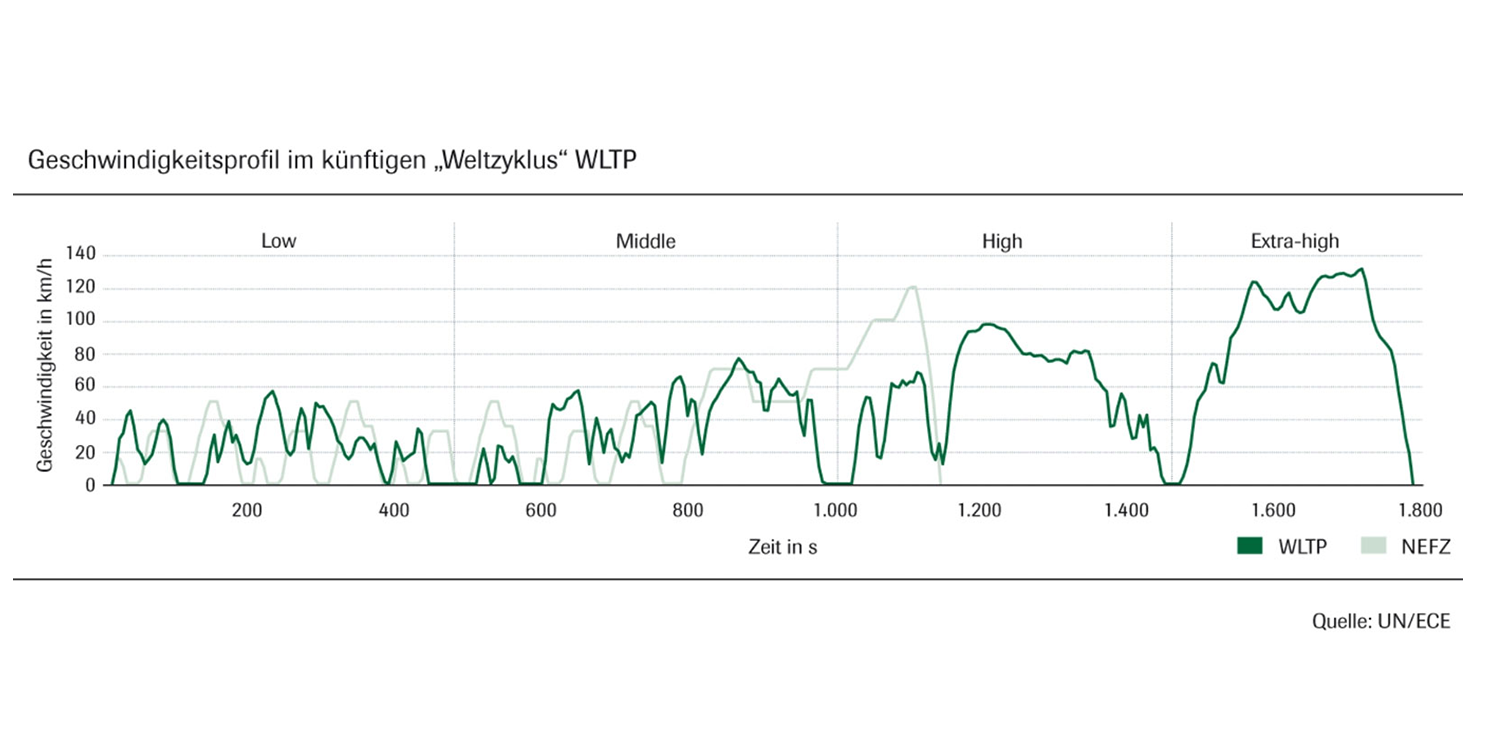
The WLTC consists of four sub-cycles: Low, Medium, High and Extra High. The terms stand for speed levels or speed phases. For example, a maximum of 56.5 km/h is driven in Low. And on 56 per cent of the 3,095-metre Low section, the electric car is at a standstill on the test stand. This is to simulate a traffic light phase or stop-and-go traffic.
The Low and Middle subcycles together form the so-called City cycle. Just briefly notable here is that the range specification for plug-in hybrid vehicles (PHEV) refers exclusively to this City cycle. As a result, it is easier for PHEVs to achieve the minimum ranges required for tax relief (in Germany) than if the entire WLTC were the rating parameter.
Vmax: 131.3 km/h
The highest speed driven for only a few seconds in the Extra High sub-cycle is 131.3 km/h. If one considers the complete WLTC driving cycle, combined from the Low, Medium, High and Extra High sub-cycles, the average speed, including stopping phases, is only 46.5 km/h.
Every electric car driver knows that speed is one of the most critical parameters for power consumption and, consequently, range. There is a dissonance between the combined test bench value with an average of 46.5 km/h and reality for those who drive on motorways.
WLTP divides the so-called abbreviated test procedure for purely electric vehicles into two dynamic and two constant segments. Dynamic segments, the first and third, are where acceleration and deceleration take place, while the second and fourth segments of the cycle involve driving at a constant speed of 100 km/h.
In dynamic segments 1 and 3, the complete WLTC is driven first, followed by the City cycle. This results in a distance of 31.113 km in each case. The dynamic segments are used to determine the energy consumption during driving. The constant driving enables an accelerated emptying of the electrochemical storage (the battery), i.e. to reduce the time for the test bench measurement by emptying the battery quickly at a fairly high speed. The length of the 100 km/h sequences depends on the battery capacity. During the entire shortened test procedure, the current and voltage of the traction battery are measured permanently.
One measurement run, a whole lot of data
This means that several different values are collected during a single long measurement run: Firstly, the actual usable capacity of the traction battery and, secondly, the current energy consumption in the dynamic cycles mentioned above.
The test bench measurement run is considered finished when the electric vehicle can no longer maintain the constant speed of 100 km/h in the last segment. The battery is then fully charged. Because losses occur during the conversion of alternating current from the mains to direct current during charging, there are differing values in the energy used and the electricity recharged.

Relevant to the combined range according to WLTP are the two full WLT-Cycles of Low, Medium, High and Extra High in segments 1 and 3. The power consumption in segments 1 and 3 is not identical, although the driving curves are the same. This is because there is a cold start phase at the beginning – which is naturally less important for electric cars than for cars with combustion engines, where the oil first has to warm up – and because the traction battery is so full at the beginning that recuperation is not immediately possible. As a result, consumption in segment 1 increases slightly.
The combined range according to WLTP, i.e. 517 km in the case of our example of the Volkswagen ID.4, is obtained by dividing the measured energy content without charging losses by the electricity consumption from the weighted average of the two full WLT-Cycles. The City range is obtained by dividing the same by the values from the City cycle (keeping in mind that these are the Low and Medium speed subcycles), i.e. 701 km for the ID.4.
ICCT: Low temperature test at minus 7 degrees
In a WLTP of 16.9 kWh/100km, the calculated combined power consumption includes charging losses because these have to be paid by the owner. Theoretically, the charging losses can even be calculated in this way. An exact specification of how charging is to be carried out, for example, with a three-phase wall box and 11 kW charging power, has not yet been defined, but a specification will be made in the legislation in the near future.
On the one hand, users of electric cars experience in real life that they can achieve the ranges from the digital brochures when they are on the road in favourable weather conditions and at a low-speed profile away from the motorway.
The opposite happens at higher speeds and especially in cold weather conditions: power consumption increases significantly due to air resistance when driving fast, and at low temperatures, the battery cells can deliver much less electrical energy, as we found out with a special report in cooperation with P3 Automotive. If the two come together, the range collapses.
Jan Dornoff, an emissions specialist at the ICCT, sees potential for improvement here. According to Dornoff, the test procedure at 23 degrees and without auxiliary consumers such as the air conditioning system leads to idealised measured values. In addition, power consumption and range should be measured in a so-called low-temperature test for all vehicles and made public: “There is already a low-temperature test for electric vehicles at the UN ECE level. This is carried out at minus seven degrees and with activated auxiliary units,” explains Dornoff. There is currently no known timetable for introducing this procedure in the European Union, but “we at the ICCT recommend an introduction as soon as possible to create transparency for customers and legislators”.
Original report by Christoph M. Schwarzer. Translation by Carrie Hampel; edit Nora Manthey.
* The WLTP was developed by experts from the European Union, Japan and India according to UN ECE guidelines (United Nations Economic Commission for Europe). They used globally collected driving data. The aim was to harmonise testing procedures and record consumption and emission values more realistically. As a UN Global Technical Regulation (GTR), member states that adopt it must incorporate it into national law. Since September 2019, WLTP has replaced the NEDC in the EU-28 countries, Norway, Iceland, Switzerland, Turkey, Israel, India, South Korea and in modified form in Japan.

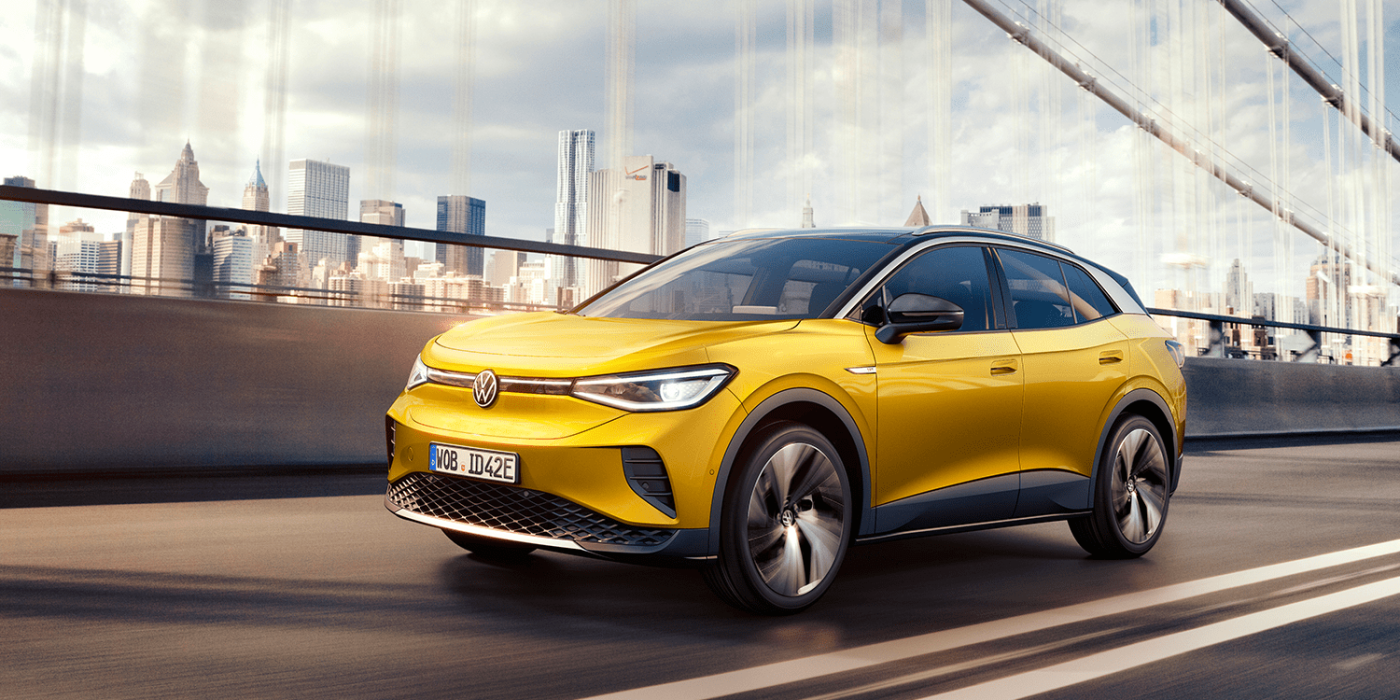
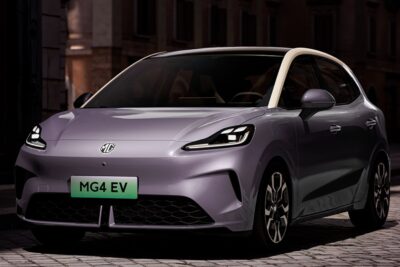
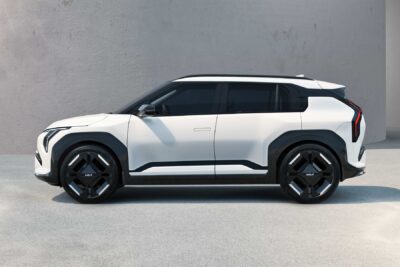
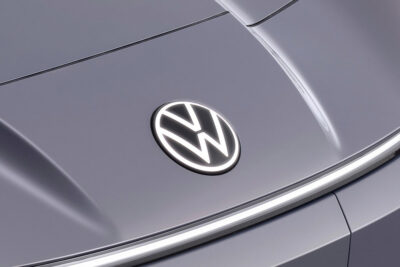
1 Comment